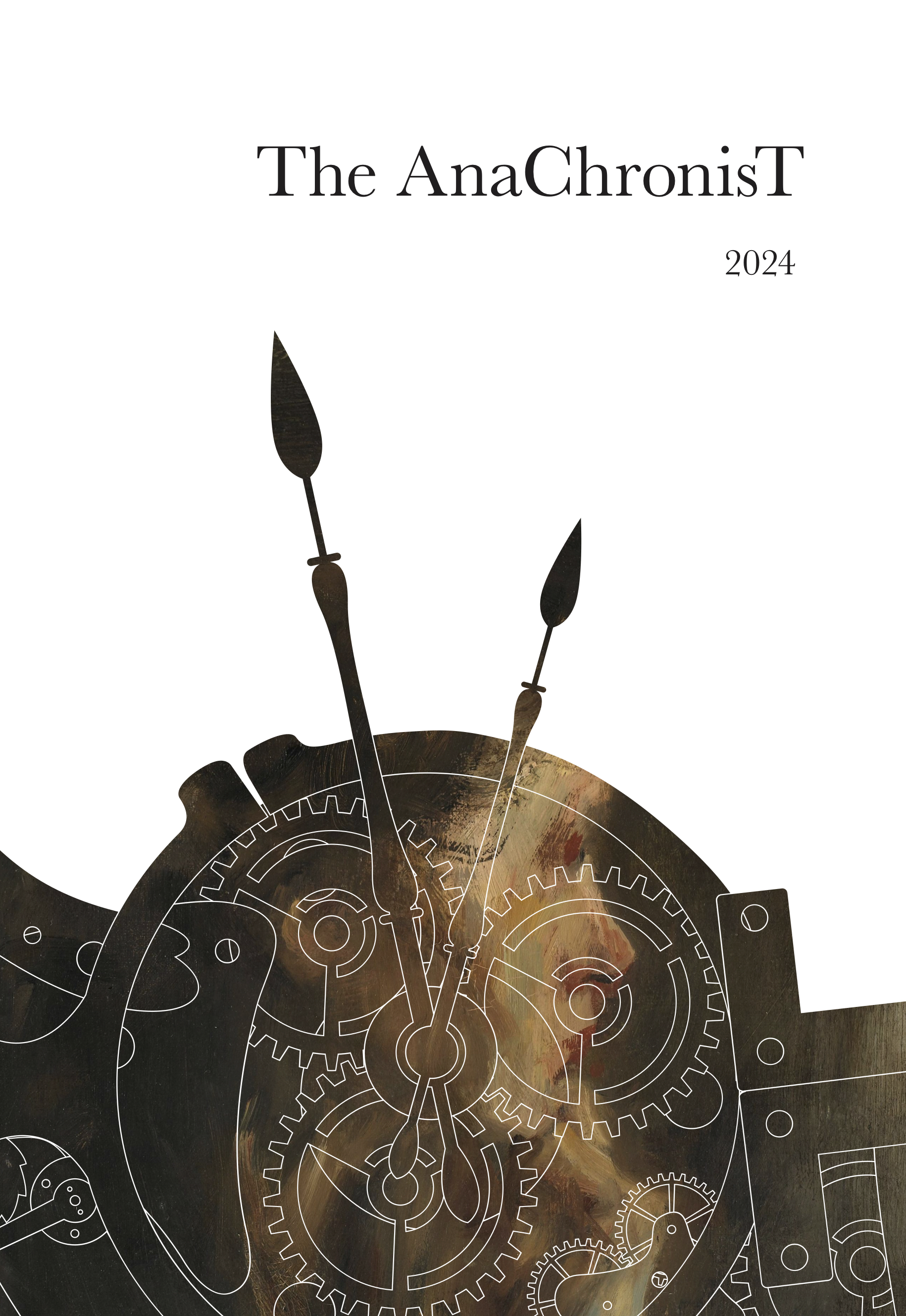Cruising and Code
Embracing the Radical Queer and Erotic Self in Eric Stenbock’s “The True Story of a Vampire” (1894)
DOI:
https://doi.org/10.53720/RUWG9149Keywords:
Victorian literature, Decadence, Queer Theory, Queer History, horror, vampiresAbstract
In homophobic cultures, “cruising,” or the clandestine pursuit of sexual relations with strangers, is both a pleasurable act and a means of connecting with other queer individuals. This article utilises cruising as an analytical and methodological framework through which to examine Eric Stenbock’s “The True Story of a Vampire” (1894) as the author’s allegorical effort to combat his social and sexual isolation. Reading Stenbock’s text through this subcultural queer practice reconfigures the archetypal “stranger”—here, the vampire Count Vardalek—from simply threatening to also a personification of potential pleasure and queer community. This reading expands upon recent work in queer theory that argues the artistic works of fin-de-siècle aesthetes were a means of gaining sexual self-knowledge and a sense of personal independence within systemic oppression. These critical re-readings call attention to the often subliminal or coded language of queer expression within art; as such, this article posits the benefits of applying queer practices like cruising to literary analysis, particularly toward texts only publishable if their queer themes remain subtextual.

